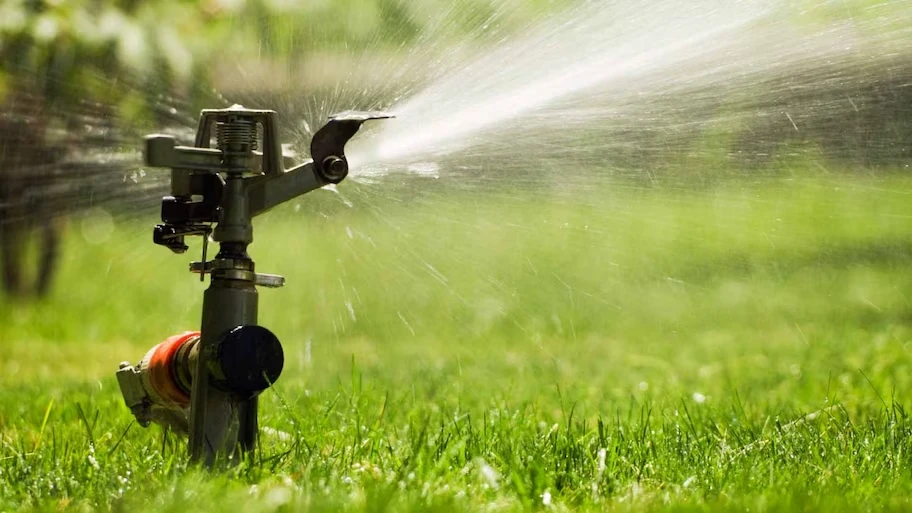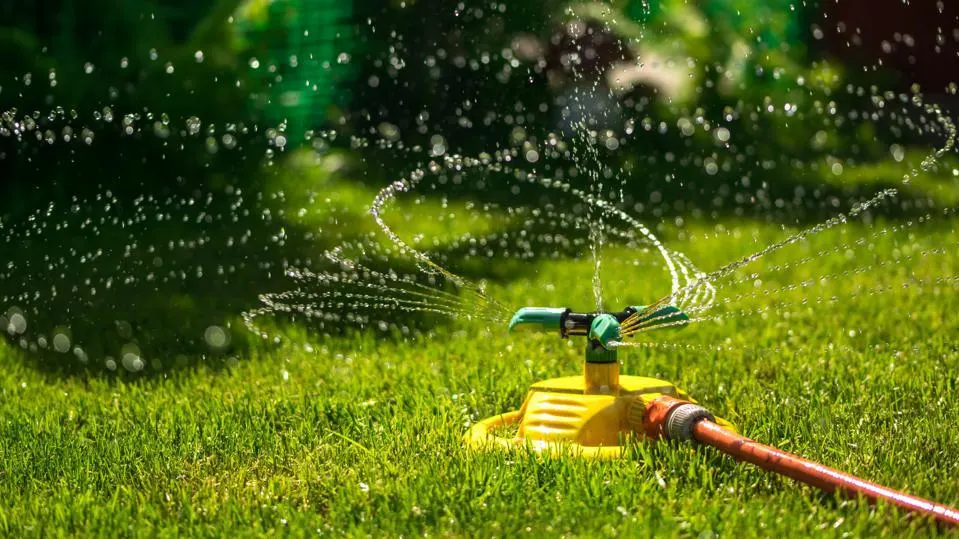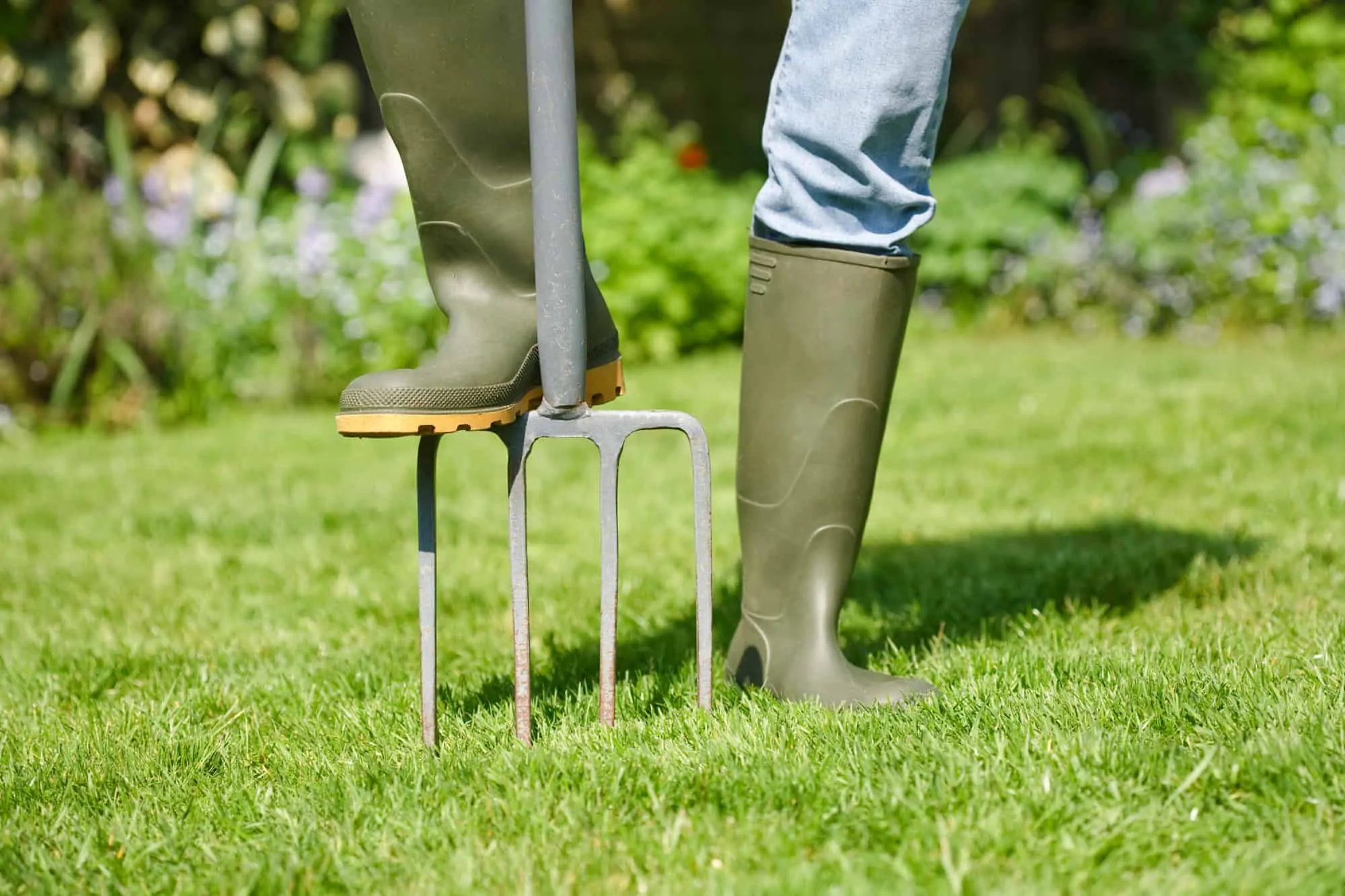Lawn Irrigation Services
What is involved in the process of installing an irrigation system
The process of installing an irrigation system begins with a site assessment, where the irrigation specialist evaluates your landscape’s needs, soil conditions, and water availability. Based on this assessment, they will design a customized system that includes the placement of sprinklers, drip lines, or soaker hoses, as well as the selection of timers, sensors, and other automation features. Once the design is finalized, the installation process involves laying out the piping, connecting it to the water source, and installing the irrigation heads or emitters.
The system is then tested to ensure proper water flow and coverage, and any necessary adjustments are made to optimize performance. After installation, the specialist will provide guidance on system operation and maintenance, ensuring that your irrigation system continues to function efficiently over time. This thorough approach guarantees that your landscape receives the right amount of water, reducing the risk of overwatering or underwatering and promoting healthy plant growth.
What long-term benefits can you expect from a professionally installed irrigation system
A professionally installed irrigation system offers long-term benefits, including water conservation, healthier plants, and increased property value. By delivering water directly to the root zones of your plants, an irrigation system minimizes evaporation and runoff, leading to more efficient water use and lower utility bills. Consistent and accurate watering also helps to prevent issues such as soil erosion, root rot, and weed growth, resulting in a more sustainable and attractive landscape. Additionally, a well-maintained irrigation system can increase your property’s curb appeal and overall value, making it a smart investment for homeowners who want to enhance their outdoor space.
FAQs
How often should I water my landscape with an irrigation system?
The frequency of watering depends on factors such as the type of plants, soil conditions, and local climate. Generally, most landscapes benefit from watering two to three times a week, but your irrigation system can be adjusted to meet specific needs.
Can an irrigation system be automated?
Yes, most modern irrigation systems can be fully automated with timers, moisture sensors, and smart controllers. These features allow you to schedule watering times and adjust the system remotely, ensuring that your landscape receives the right amount of water even when you’re away.
How do I maintain my irrigation system to ensure it lasts?
Regular maintenance is key to ensuring the longevity of your irrigation system. This includes checking for leaks, cleaning filters, adjusting sprinkler heads, and winterizing the system if you live in a cold climate. A professional can also perform annual inspections to keep the system running smoothly.
What types of irrigation systems are best for different landscapes?
The best type of irrigation system depends on the landscape. Sprinkler systems are ideal for lawns, while drip irrigation is better for flower beds, shrubs, and vegetable gardens. Soaker hoses work well for areas that need deep watering, such as trees and larger shrubs.
Can an irrigation system help with water conservation?
Yes, a well-designed irrigation system can significantly reduce water waste by delivering water directly to where it’s needed most, minimizing evaporation and runoff. Automated systems with sensors can also adjust watering schedules based on weather conditions, further enhancing water efficiency.







